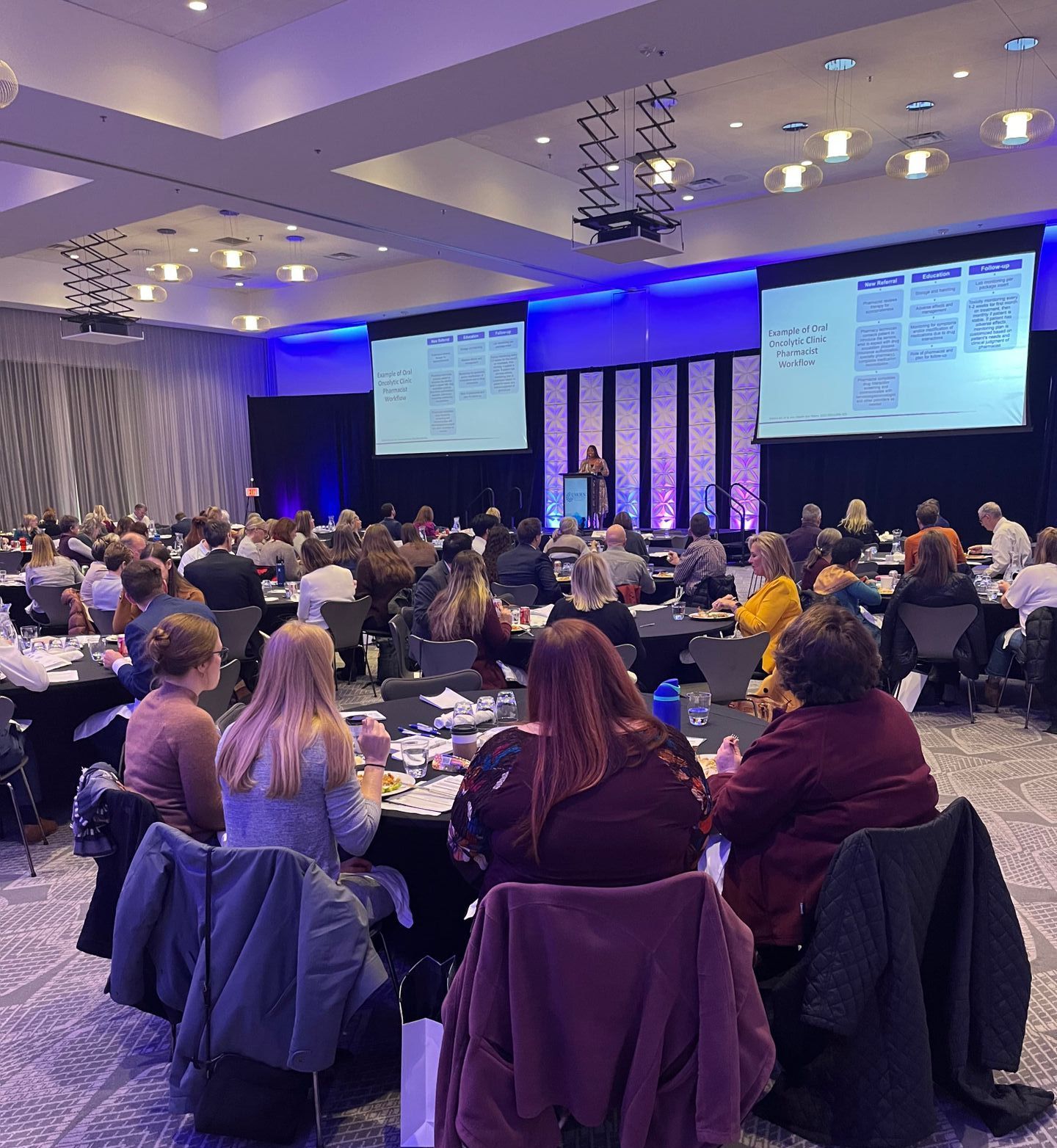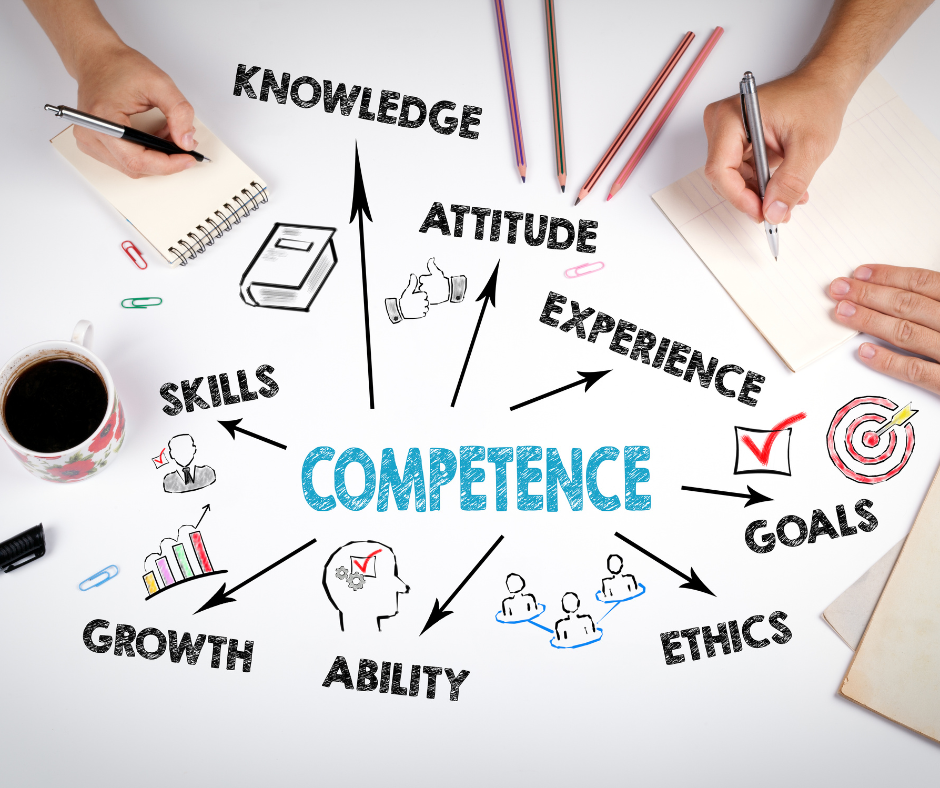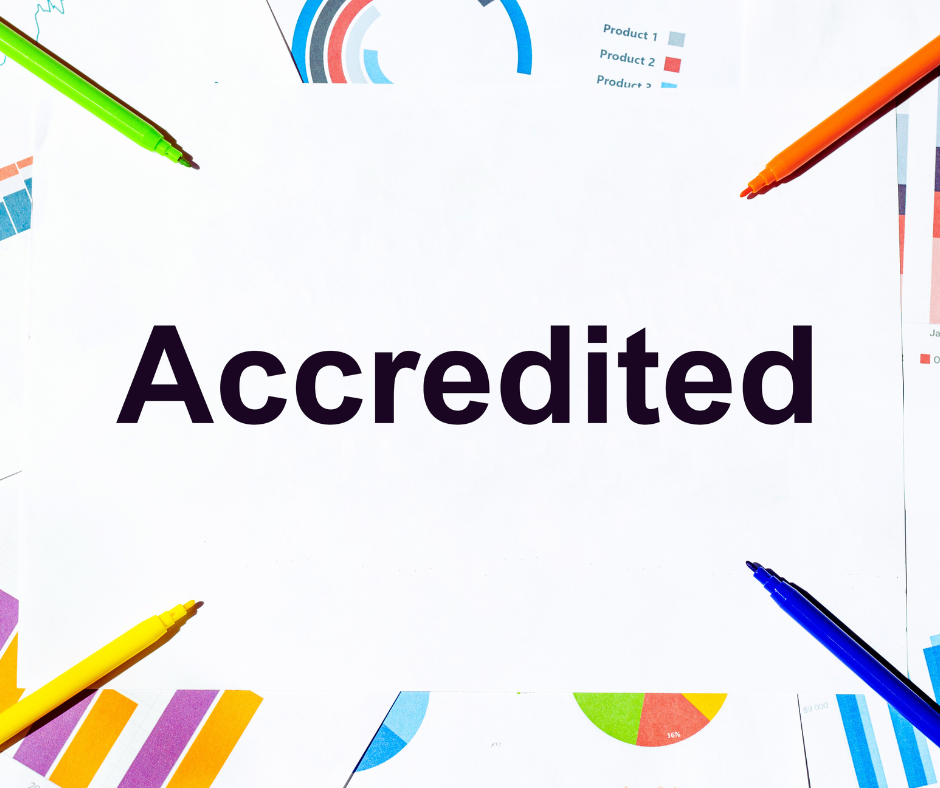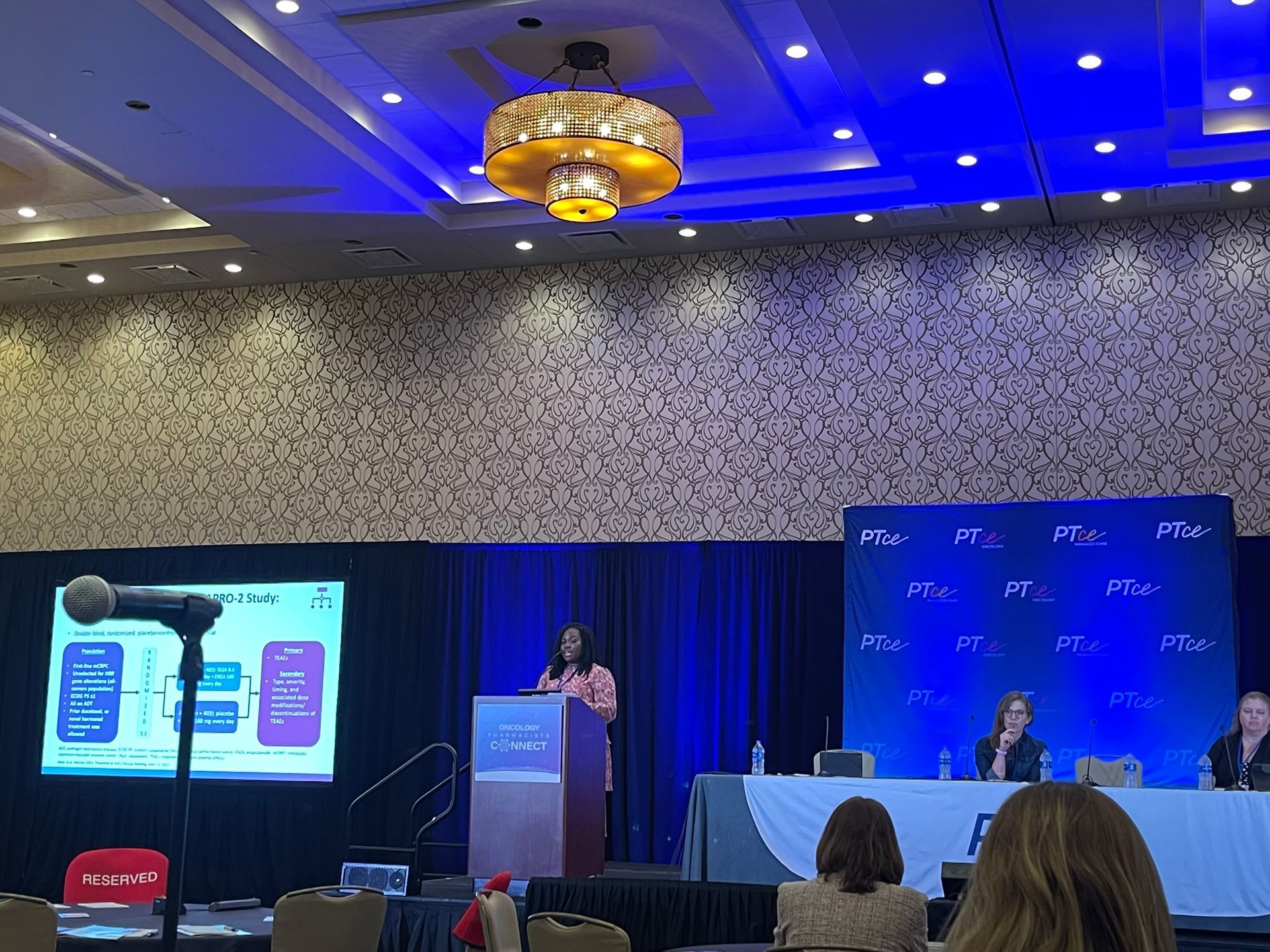Best Practices For Designing Continuing Pharmacy Education (CPE) Programs
Best Practices For Designing Continuing Pharmacy Education (CPE) Programs

Understanding The Needs Of Pharmacy Professionals
Understanding the needs of pharmacy professionals is a foundational step in designing effective Continuing Pharmacy Education (CPE) programs. The ever-evolving landscape of healthcare demands that pharmacists stay current with the latest advancements, regulations, and therapeutic methods. To design impactful CPE programs, it is crucial to engage with pharmacy professionals to grasp their educational requirements and challenges. This involves a multifaceted approach that includes direct communication, surveys, and feedback mechanisms to identify gaps in knowledge and skills.
Pharmacists, whether in community settings, hospitals, or specialized fields, face different challenges; hence, a one-size-fits-all program is often ineffective.
Direct engagement with pharmacists allows educators to comprehend specific areas where further training is needed. This might include new drug therapies, changes in healthcare law, patient communication skills, or advancements in technology such as telepharmacy. Tailoring programs to these needs not only fosters an environment of growth and development but also ensures that the educational content remains pertinent and practical.
Additionally, understanding the diverse roles within pharmacy professions is imperative. The needs of a hospital pharmacist might differ significantly from those of a community pharmacist or those in administrative or academic positions. CPE programs must therefore cater to these differing roles, offering specialized modules that address unique challenges and opportunities within each sector.
Another critical component is the accessibility and flexibility of these programs. Many pharmacists face demanding schedules, making it crucial to offer education in various formats, such as online courses, webinars, and in-person workshops, which can accommodate different learning preferences and time constraints. Understanding these logistical needs ensures that educational content is not only relevant but also reachable.
Ultimately, the goal is to create CPE programs that not only meet regulatory requirements but also inspire and enable pharmacy professionals to advance their practice, improve patient care, and remain at the forefront of their field. By thoroughly understanding their needs, educators can design programs that are engaging, relevant, and impactful.
Establishing Clear Learning Objectives
Establishing clear learning objectives is a foundational step in the design of effective Continuing Pharmacy Education (CPE) programs. These objectives serve as guideposts that define what participants should know or be able to do after completing the program. To develop meaningful learning objectives, it is essential to start by identifying the specific needs of the target audience, considering their current knowledge level, skill gaps, and the competencies they need to acquire or enhance.
In crafting clear objectives, they should be specific, measurable, attainable, relevant, and time-bound, often remembered by the acronym SMART. Specificity ensures that the goals are well-defined and focused, providing clarity and direction. Measurability allows for the assessment of whether participants have achieved the desired outcomes, using both quantitative and qualitative metrics. Objectives should also be attainable, meaning they should be realistic given the constraints of time, resources, and the initial skill levels of participants.
Relevance ensures that the objectives align with the broader goals of professional development and enhance the pharmacists' ability to deliver optimal patient care. Lastly, making objectives time-bound involves setting a clear timeframe for when the objectives should be achieved, sustaining momentum and focus throughout the program.
When formulating objectives, it is beneficial to employ action verbs that are observable and assessable, such as "describe," "demonstrate," "apply," or "analyze," which facilitate the assessment process. Engaging stakeholders, including pharmacy educators, practitioners, and possibly patients, can provide diverse perspectives to ensure that the objectives are comprehensive and aligned with real-world practice. Regularly reviewing and refining learning objectives based on feedback and emerging trends in pharmacy practice ensures that the CPE programs remain relevant and impactful.
Establishing clear learning objectives not only sets a solid foundation for the educational program but also enhances learner engagement, provides a benchmark for assessment, and ultimately drives the success of continuing pharmacy education initiatives.
Incorporating Evidence-Based Content
Incorporating evidence-based content in continuing pharmacy education (CPE) programs is crucial for ensuring that pharmacists remain at the forefront of clinical practice and deliver the highest standard of care to their patients. Evidence-based pharmacy education involves the integration of the best available research data with clinical expertise and patient values. It provides a robust foundation for clinical decision-making and ensures that pharmacists are informed by the most current and reliable scientific evidence.
To effectively incorporate evidence-based content, educators must first identify and utilize high-quality research from reputable sources, such as peer-reviewed journals, systematic reviews, and established clinical guidelines. It is essential that the content selected is up-to-date, particularly in rapidly evolving fields such as pharmacotherapy. The information should be critically appraised for its validity, relevance, and applicability to practice settings. Educators should aim to include systematic reviews and meta-analyses where possible, as these provide rigorous summaries of the existing evidence.
Engaging pharmacists in the interpretation and application of research findings to practice settings is also a key component. This can be achieved through interactive educational activities such as case studies, workshops, and problem-based learning scenarios that simulate real-world clinical challenges. By allowing participants to actively engage with the content, educators can foster critical thinking and enhance the learners' ability to apply evidence in clinical settings.
Furthermore, the inclusion of patient perspectives in the content can enrich the learning experience by highlighting the importance of incorporating patient preferences and values into evidence-based practice. Facilitating discussions around patient-centered care and shared decision-making can help pharmacists integrate these concepts with clinical evidence, ultimately improving patient outcomes.
Overall, by creating an immersive and interactive learning environment that prioritizes the integration of evidence-based information, CPE programs can effectively equip pharmacists with the knowledge and skills necessary to provide optimal care in a landscape of continuous medical and pharmaceutical advancements.
Engaging Teaching Methods And Technologies
Engaging teaching methods and the integration of appropriate technologies are crucial components of effective Continuing Pharmacy Education (CPE) programs. These elements not only facilitate deeper understanding and retention of complex content but also stimulate learner engagement, a critical factor in adult education. One of the primary strategies in enhancing engagement is through the use of active learning approaches. This can involve problem-based learning, where participants work through real-world scenarios that require them to apply their knowledge and problem-solving skills.
Case studies, role-playing, and simulations are also beneficial in creating an interactive and dynamic learning environment that mirrors actual practice.
Incorporating technology effectively fosters a flexible learning experience that can be tailored to individual needs and preferences. Online learning platforms enable pharmacists to access materials at their convenience, breaking down geographical and time barriers. These platforms often include features such as discussion forums and live webinars, which encourage collaboration and interaction among participants and educators. Video content, such as recorded lectures and tutorials, can be especially powerful; they allow learners to pause, rewind, and review complex material at their own pace, promoting a deeper understanding.
Gamification is another innovative technology-enhanced approach, where elements of game design are incorporated into the learning process. By using quizzes, points, and badges, participants are motivated to engage with the material actively, as these elements provide instant feedback and a sense of accomplishment. Virtual and augmented reality technologies have also found their place in CPE, offering immersive experiences that can simulate clinical environments and procedures without the risk associated with real-life settings.
Moreover, it is critical to utilize adaptive learning technologies that analyze and respond to the progress of the learner in real-time. These systems can adjust the difficulty level of tasks and provide custom recommendations to optimize learning outcomes. Ultimately, the successful design of CPE programs hinges on the strategic use of diverse teaching methods and technologies to create an engaging, effective learning experience that meets the evolving needs of pharmacy professionals.
Ensuring Compliance With Accreditation Standards
Ensuring compliance with accreditation standards is a critical component in designing effective continuing pharmacy education (CPE) programs. Compliance not only guarantees the credibility and quality of the program but also ensures that it meets the regulatory requirements set by professional accrediting bodies. To achieve compliance, program developers must first have a thorough understanding of the various accreditation standards and guidelines pertinent to their curriculum.
This includes familiarizing themselves with the requirements of organizations such as the Accreditation Council for Pharmacy Education (ACPE), which sets the benchmark for continuing education in pharmacy.
A key step in ensuring compliance is to methodically integrate these standards throughout every phase of program development. This begins with the initial planning stages, where defining clear educational goals and learning objectives aligned with accreditation expectations is essential. These objectives should clearly articulate the knowledge, skills, and competencies that participants are expected to gain. Furthermore, the instructional design of the program must employ evidence-based educational strategies that foster active learning and engagement, adhering to standards that prioritize interactive and learner-centered methodologies.
Documentation plays a vital role in the compliance process. Maintaining detailed records of the program’s design, delivery, and evaluation processes is necessary. This includes comprehensive documentation of needs assessments used to determine the program's relevance and scope, as well as records of faculty qualifications, program evaluations, and participant feedback. Regular auditing and review mechanisms should also be in place to identify and address any potential areas of non-compliance.
Moreover, programs must implement robust evaluation strategies to continuously assess and enhance their effectiveness and adherence to accreditation standards. This involves gathering quantitative and qualitative data to analyze outcomes and make informed improvements. Engaging stakeholders, such as learners, educators, and industry professionals, in these evaluation processes ensures that the program remains dynamic and responsive to changing educational needs and accreditation criteria.
When compliance is prioritized, CPE programs can maintain their standing as reputable, high-quality educational offerings that contribute to the ongoing professional development of pharmacists.
Strategies For Effective Assessment And Feedback
Effective assessment and feedback are pivotal in ensuring that learning objectives are met and pharmacists gain the knowledge and skills necessary to enhance their professional practice. Strategically implementing these components can substantially elevate the quality and impact of CPE programs. First, a robust assessment framework should be established, incorporating both formative and summative assessments that align with the learning objectives.
Formative assessments provide a continuous feedback loop and can include quizzes, interactive case studies, and self-assessment tools. These should be designed to challenge participants’ understanding and identify areas requiring further exploration without the pressure of grading. Summative assessments, such as post-activity tests or certification exams, should evaluate the cumulative knowledge gained and ensure that participants have mastered the required competencies.
Effective feedback is equally crucial, as it serves as a bridge between assessment and learning. Feedback should be timely, specific, constructive, and tailored to individual performance. This encourages participants to reflect critically on their learning processes and outcomes. Personalized feedback, particularly when digital platforms are involved, can be automated to provide immediate responses, enhancing the learning experience. Incorporation of peer feedback mechanisms can also foster a collaborative learning environment, enabling participants to learn from each other’s insights and expertise.
Moreover, leveraging technology in assessments can vastly enrich the feedback process. For instance, utilizing learning management systems (LMS) equipped with analytics can track participant progress and performance, offering educators data-driven insights to adjust the CPE curriculum dynamically. This data-centric approach ensures that the program remains responsive to learners' needs and evolving industry standards. Finally, fostering a positive learning environment where participants feel comfortable sharing their experiences and challenges can enhance the feedback process.
Engaging pharmacists in discussions and reflective exercises empowers them to take ownership of their learning journey, thereby maximizing the effectiveness of CPE programs. In summary, effective assessment and feedback are integral to the success of CPE initiatives, serving as catalysts for continuous professional development and lifelong learning.
Evaluating And Improving Program Outcomes
Evaluating and improving program outcomes is a crucial aspect of designing effective continuing pharmacy education (CPE) programs. This process begins with setting clear, measurable objectives at the program's inception. Once objectives are established, they serve as benchmarks for assessing the program's success. Evaluation should be both formative and summative. Formative evaluation occurs during the program’s development and early stages, allowing for adjustments based on participant feedback and observed challenges.
This ongoing assessment helps refine content delivery, ensure relevance, and enhance engagement.
Summative evaluation, conducted after program completion, involves analyzing whether the learning objectives were met and assessing the program’s impact on participants’ professional practices. This includes measuring knowledge retention, application of skills, and changes in professional behavior. Employing a variety of evaluation tools such as pre- and post-tests, surveys, feedback forms, and direct observations yields comprehensive insights into program effectiveness.
Participant feedback is invaluable for continuous improvement. Encouraging candid feedback by ensuring anonymity can lead to more honest responses regarding content, delivery, and logistics. Additionally, engaging stakeholders, including educators, practicing pharmacists, and administrators, in reviewing the outcomes provides diverse perspectives and identifies potential areas for enhancement.
Integrating technology in both the evaluation and improvement phases fosters more efficient data collection and analysis. Online platforms can automate surveys and quizzes, while data analytics can interpret results more effectively. This allows for timely interventions and iterative program improvements.
Continuous improvement also involves staying abreast of evolving trends in pharmacy practice and education. Incorporating the latest evidence-based practices ensures the program remains relevant and effective. Collaborating with professional bodies and leveraging feedback from past iterations prepares the program to adapt proactively to future challenges and opportunities. Through rigorous evaluation and a commitment to continual refinement, CPE programs can profoundly impact pharmacists’ professional development and improve patient care outcomes.
Ready to elevate your Continuing Pharmacy Education (CPE) programs? Partner with us for expert guidance, customized solutions, and resources to create impactful, ACPE-compliant programs that inspire lifelong learning.
📩
Contact us today to schedule a consultation and take your CPE offerings to the next level!
🔗 Visit
https://www.communityrsg.org/ for more insights and support.

Slide title
Write your caption hereButtonSlide title
Write your caption hereButtonSlide title
Write your caption hereButton
Blogs
Community Resource Solutions Group
Transforming Health Equity Initiatives with Proven Strategies and Insights.
Business Hours
Mon-Fri 9 am-5 pm
Houston, TX
TeL: 346-436-7986
MENU
STAY CONNECTED
Contact Us
We will get back to you as soon as possible.
Please try again later.












